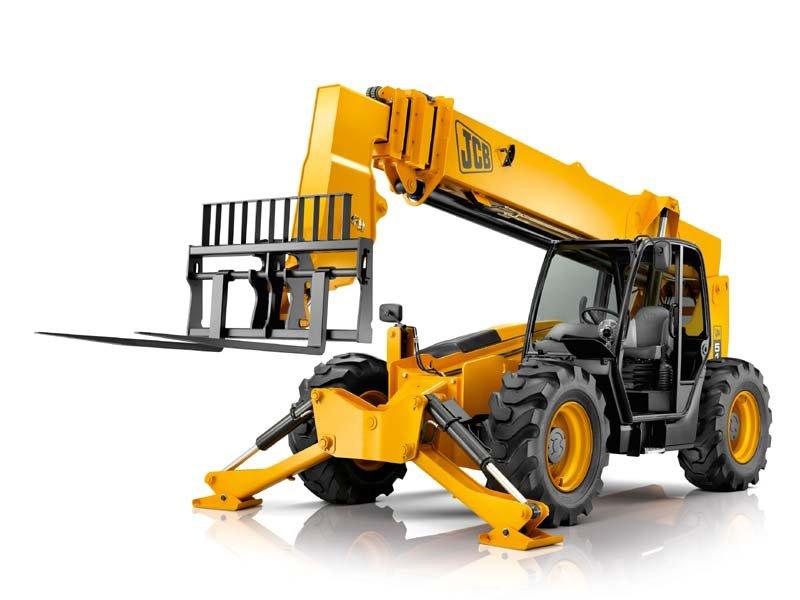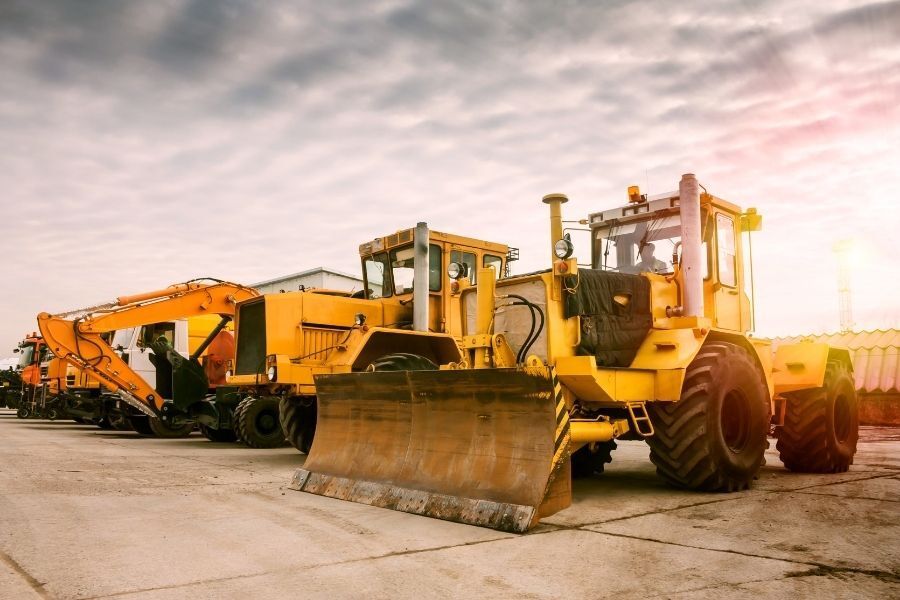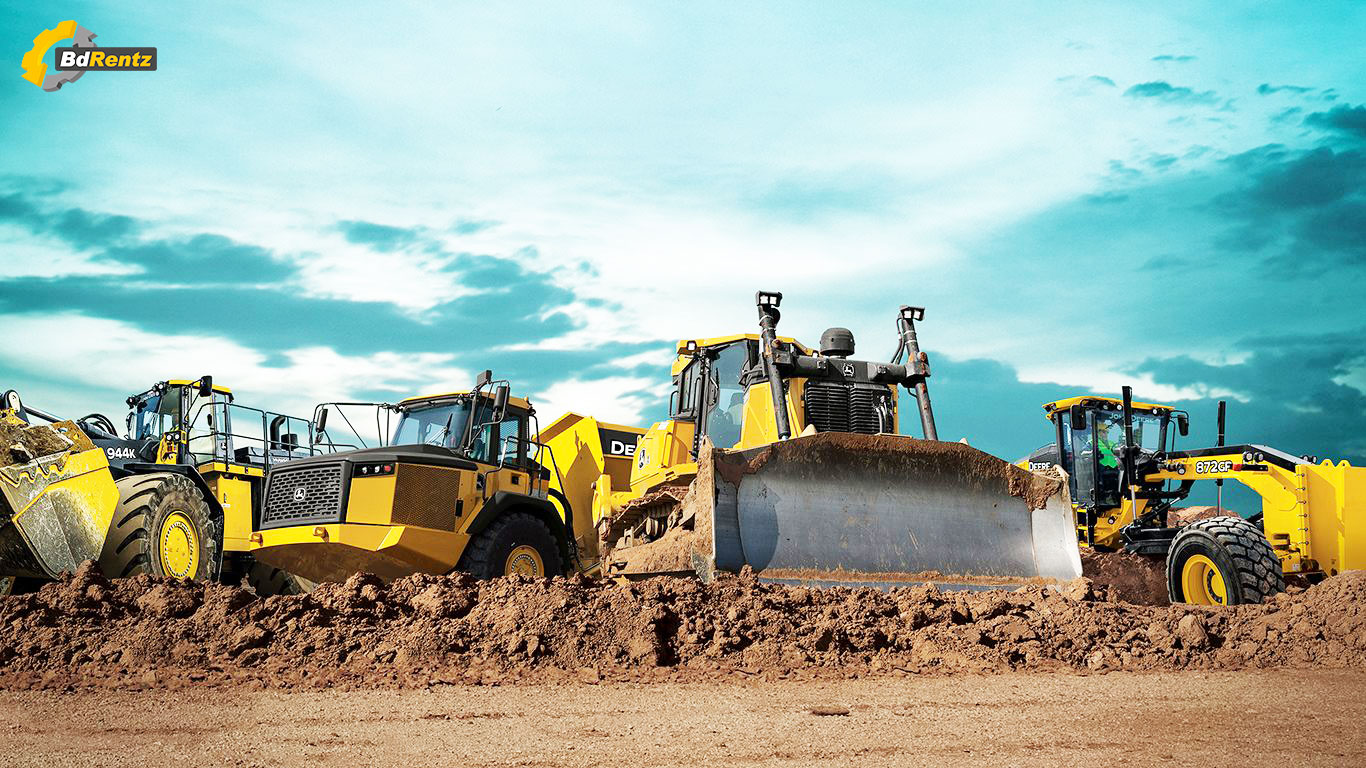Optimize Your Budget Plan by Comprehending the Prices Linked With Building Equipment Leasings
Recognizing the complete scope of costs related to construction equipment leasings is vital for maximizing your budget. While the preliminary rental cost might seem simple, various added costs-- such as transport, fuel additional charges, and upkeep-- can quickly collect, impacting your economic preparation. Being conscious of numerous charges and the complexities of rental arrangements can help stay clear of unanticipated financial worries. What methods can be utilized to properly handle these expenses and make sure a more efficient rental experience?
Review of Rental Expenses
When taking into consideration building equipment rentals, comprehending the associated expenses is extremely important for efficient budgeting and project preparation. Rental prices can vary significantly based upon several aspects, including tools kind, duration of leasing, and location. The initial rental cost frequently shows the equipment's market need and its associated operational abilities, affecting the overall cost.
In enhancement to the base rental price, supplementary costs might occur, such as transportation fees, fuel additional charges, and upkeep costs. It is necessary to make up these extra costs to properly evaluate the overall cost of leasing tools. The rental duration can impact pricing; longer services might qualify for discounted rates, while temporary rentals might sustain greater day-to-day costs.

Malfunction of Rental Rates
A detailed understanding of rental rates is crucial for service providers and task supervisors intending to maximize their spending plans. Rental rates for building devices usually include numerous elements, including base prices, time-based charges, and use costs.
Base prices are the core fees associated with the rental of the devices, often determined by the kind and dimension of the equipment. These prices can vary substantially, influenced by variables such as equipment demand, schedule, and regional market patterns. Time-based fees, which might be daily, weekly, or monthly, serve to accommodate different project timelines and rental periods.
In addition, rental rates may include use charges, which are applicable when tools is used past a defined threshold, ensuring that the rental company can account for damage. Seasonal need fluctuations can likewise affect rental prices, with peak construction seasons generally regulating higher prices.
In addition, comprehending the rental firm's plans pertaining to maintenance and insurance policy can provide further understanding right into the overall cost framework. By analyzing these parts, contractors can make educated choices, making sure the choice of rental tools aligns with both job requirements and spending plan constraints.
Added Fees to Think About
Comprehending the complexities of extra charges is crucial for service providers to manage their overall leasing expenses efficiently. Beyond the conventional rental rates, various extra charges can significantly impact the total expense of devices leasing. These charges typically consist of delivery and pickup charges, which can differ based on distance and logistics associated with transporting the tools to and from the task site.
Additionally, some rental firms might impose fuel surcharges if the equipment is returned with much less gas than when leased. It is likewise important to recognize potential cleansing fees, specifically for specific devices that calls for detailed maintenance after use.

Thoroughly reviewing the rental contract and clarifying these added charges ahead of time can assist contractors avoid unforeseen costs and make certain that budget plans continue to be undamaged throughout the job lifecycle.
Maintenance and Repair Costs
Regular repair and maintenance expenses are frequently forgotten elements that can dramatically affect the general price of building devices leasings. When renting out equipment, it is important to think about not just the rental fees but also the prospective costs connected with maintaining the equipment in optimal operating condition.
Several rental business consist of standard maintenance as component of the rental contract; nonetheless, more unanticipated malfunctions or extensive repair work can cause additional expenses. It's crucial to evaluate the rental agreement meticulously to understand what maintenance services are covered and what duties fall on the tenant.
In addition, tools that is not well-kept can result in ineffectiveness on duty website, possibly increasing and causing delays project prices. To mitigate these risks, it is a good idea to conduct regular evaluations and preserve open communication with the rental service provider concerning any type of concerns that arise during use.
Insurance and Liability Costs
Insurance and liability prices are essential parts that can dramatically affect the total expenditure of building tools services (scissor lift rental). These costs ensure that both the rental company and the client are safeguarded from prospective financial losses arising from crashes, damages, equipment rental company or burglary throughout the rental period

Additionally, customers ought to understand any deductibles or exemptions in the insurance plan, as these can influence prospective out-of-pocket expenditures. Comprehending the terms and problems of any kind of insurance coverage is vital to prevent unanticipated costs. Ultimately, budgeting for insurance and obligation expenditures can aid make certain a smoother rental experience and safeguard versus economic risks connected with building tasks.
Verdict
In verdict, a comprehensive understanding of the costs associated with construction equipment rentals is important for effective budget management. Ultimately, educated decision-making pertaining to tools rentals adds to the general success of building and construction undertakings.
Rental prices can differ substantially based on a number of variables, consisting of equipment type, period of rental, and area (aerial lift rental). The rental period can influence pricing; longer rentals might qualify for discounted rates, while short-term leasings might sustain greater everyday charges
By performing detailed study and involving with respectable rental business, specialists can effectively browse the intricacies of rental prices, ultimately maximizing their economic sources.
Beyond the typical rental rates, various additional costs can considerably influence the complete cost of devices service. Rental companies frequently supply liability insurance coverage that covers injuries to third events or damages to residential or commercial property, while devices damages insurance policy can cover the expense of repair work or replacement if the leased devices is harmed.